The Voynich Manuscript is the most famous unsolved crypto mystery in the world. For this reason, I put it at the first position of my top 50 list.
Click here for the complete top 50 list
It’s time to finish my article series about the top 50 unsolved crypto mysteries. It should come as no surprise that the number one in this selection is the most famous and most controversial encrypted document ever written: the Voynich Manuscript.
The Voynich Manuscript introduced
I know, introducing the Voynich Manuscript to readers of this blog is carrying coals to Newcastle, but I do it anyway.
The Voynich Manuscript is a hand-written collection of approximately 230 pages containing an unknown text and cryptic illustrations. It is named after book dealer Wilfrid Voynich (1865-1930), who allegedly purchased it from the Society of Jesus, a religious order of the Catholic Church, in 1912. Today, the manuscript is owned by the Beinecke Rare Book Library at Yale University in Connecticut.
The script of the Voynich Manuscript is based on an alphabet comprising approximately 25 symbols, and the vellum it is written upon was dated using radiocarbon analysis to the early 15th century. It is not known how much time passed between the production of the vellum and the writing of the manuscript.
Some of the pages in the Voynich Manuscript are missing. For those who didn’t notice: My article from April 1, which reported on the missing leaves having been found, was an April fool’s joke. The following illustration showing the corona virus on a rediscovered manuscript page is a fake.
Countless experts and hobbyist researchers have examined the manuscript in great detail, but all the main questions about it are still unanswered. It is unknown where, when, and by whom it was created. The purpose of the manuscript is also unclear. Theories range from a herbal to a religious text to an alchemical tome to a meaningless forgery.
The plants depicted in the Voynich Manuscript cannot be identified, and most look like mere fantasy images. The book contains nothing that provides a clear relationship to any specific place, time, religion, or ideology. It is completely unclear in which language the plaintext (if there is one) was written. Arguments have been put forward for Latin, Italian, Greek, English, German, and many others.
Over the last several decades, at least 60 alleged solutions of the Voynich Manuscript have been published, but none of these have been accepted by experts. I have published a method for testing if a suggested solution makes sense, but to my knowledge no Voynich decipherer has taken this test so far.
Since the beginning of the internet age, when the Voynich Manuscript’s mysterious images became available to a wider audience, the thriving culture of Voynichologists has grown even further. A Voynich Manuscript conference held in Italy in 2012 attracted over 80 of researchers (I’m the one in the yellow shirt, by the way).
The Voynich Manuscript is not only the number one on my top 50 list, but it’s also listed as book #00001 on my encrypted book list. When I intoduced a selection of the top 25 unsolved cryptograms (in German) years ago, the Voynich Manuscript ranked number one, too.
Every list of famous unsolved crypto mysteries I have ever seen contains the Voynich Manuscript, including the one maintained by Elonka Dunin, who is the co-author of my next book.
A new Voynich forum
Is there anything new about the Voynich Manuscript in the times of the corona crisis? Yes, my friend Richard SantaColoma from New York State …
… has started a new Voynich online discussion forum: https://voynich.net/forum/
Of course, there are many other online resources about the manuscript. The most comprehensive website is operated by René Zandbergen (voynich.nu).
Moreover, there are many books by a variety of authors, along with a mailing list operated by aforementioned Richard SantaColoma (voynich.net). My books Nicht zu Knacken and Codeknacker gegen Codemacher cover the Voynich Manuscript, as well.
Whoever does finally provide an agreed-upon decipherment of the Voynich Manuscript will be considered one of the greatest codebreakers ever.
Follow @KlausSchmeh
Further reading: The Voynich manuscript covered in the German TV series “Terra X”
Linkedin: https://www.linkedin.com/groups/13501820
Facebook: https://www.facebook.com/groups/763282653806483/

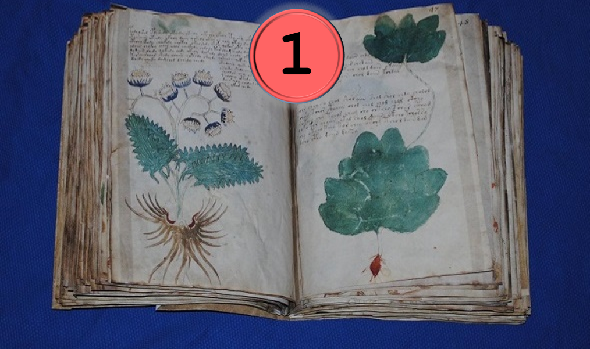
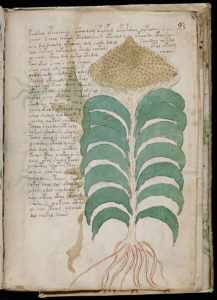
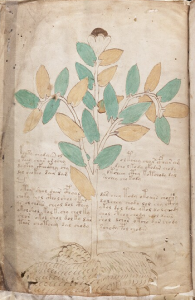
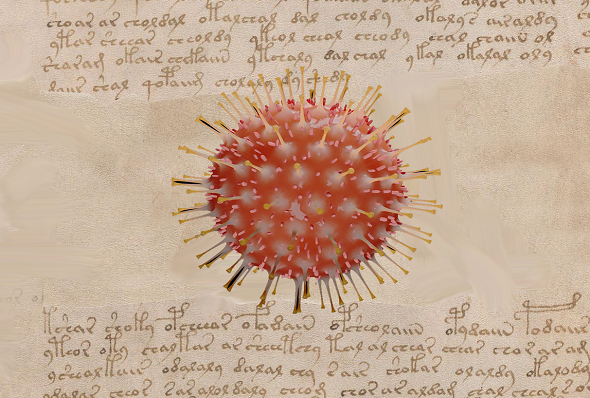
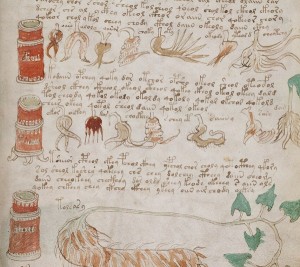

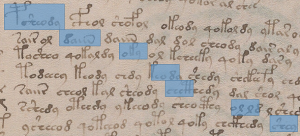
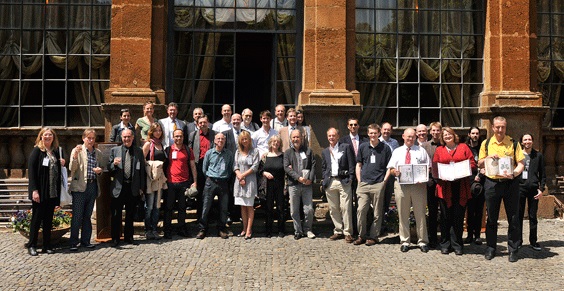
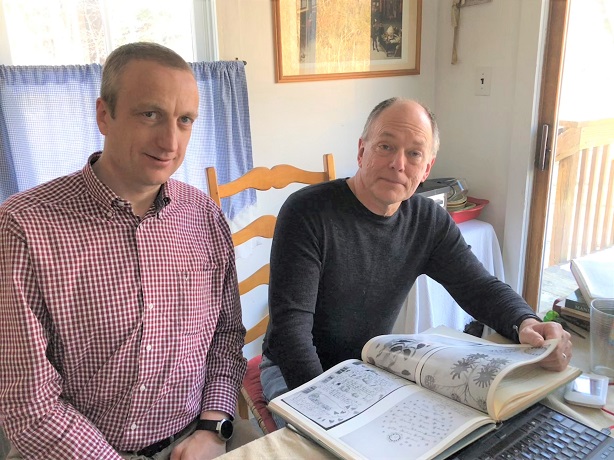


Kommentare (8)